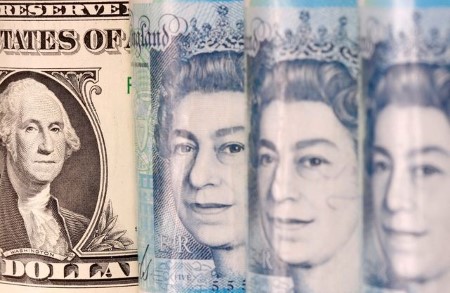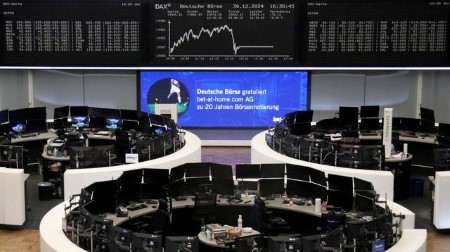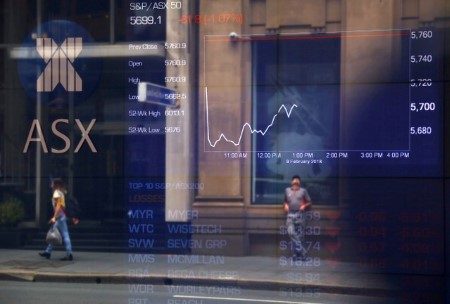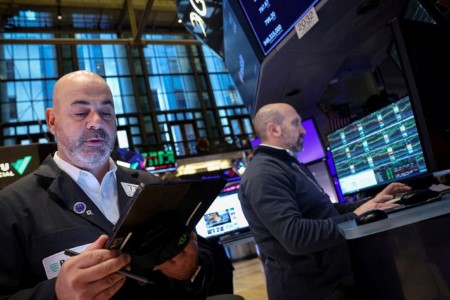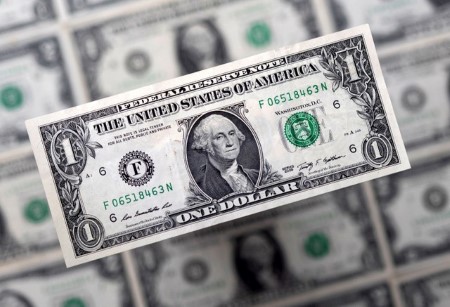If the reaction in US stocks, bonds and the dollar to Friday’s sizzling US employment report is any guide, Asian markets are in for a bumpy ride on Monday, rocked by another whoosh higher in bond yields and inflation fears.
The US economy created over a quarter of a million net new jobs and the unemployment rate fell last month, reflecting a robust labor market. That’s good news. But the bad news for asset markets, especially in emerging and Asian economies, is the impact on borrowing costs and the dollar.
Treasury yields surged to the highest in over a year, the dollar hit a two-year peak, and traders are now only predicting one quarter-point rate cut from the Fed this year, in September.
The S&P 500 fell to its lowest since November 5, the day of the US presidential election, and it looks like soaring bond yields could crush investors’ appetite for risky assets like stocks.
Japanese futures are pointing to a fall of more than 1% at the open in Tokyo on Monday, and it will be a similar story around the continent.
Sentiment is already fragile, as the explosive rise in long-term bond yields has tightened financial conditions everywhere. According to Goldman Sachs, aggregate emerging market financial conditions are the tightest since late 2023.
Uncertainty over the potential hit to growth in Asia – especially China – from the incoming Trump administration’s ‘America First’ trade policies is another reason to be cautious if not outright bearish.
Trade figures from China on Monday are unlikely to lift the gloom. Economists polled by Reuters expect export growth accelerated in December while imports contracted for a third straight month.
December’s import figures are likely to garner more attention as they reflect the strength of domestic demand, and can therefore perhaps be seen as an early sign of how successful Beijing’s stimulus efforts have been.
The trade figures are the first clutch of top-tier indicators from China this week which include house prices, retail sales, industrial production, investment, unemployment and culminate on Friday with fourth-quarter and full-year GDP.
Investors will also assess the People’s Bank of China’s announcement on Friday that it has suspended treasury bond purchases, spurring speculation it is stepping up defense of the yuan. Will this be enough to put a floor under yields and the yuan?
The annual Asian Economic Forum opens in Hong Kong, and among the speakers on Monday are Hong Kong Monetary Authority Chief Executive Eddie Yue, China Investment Corp’s CIO Liu Haoling, and European Central Bank board member Philip Lane.
Meanwhile, Indian inflation on Monday is expected to show that the annual rate cooled slightly in December to 5.3% from 5.5% in November.
Here are key developments that could provide more direction to markets on Monday:
– China trade (December)
– India CPI inflation (December)
– Asia Economic Forum
(Reporting by Jamie McGeever; Editing by Diane Craft)







 DOWNLOAD
DOWNLOAD







